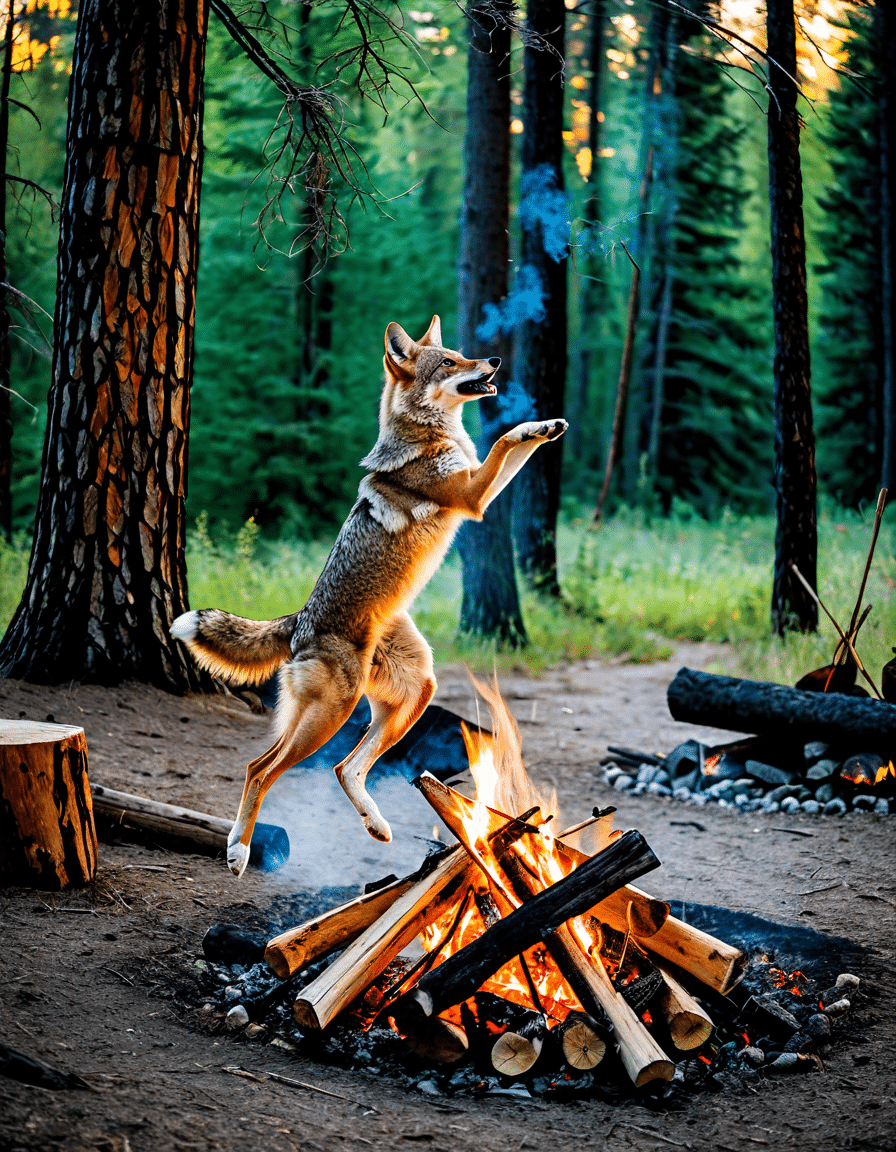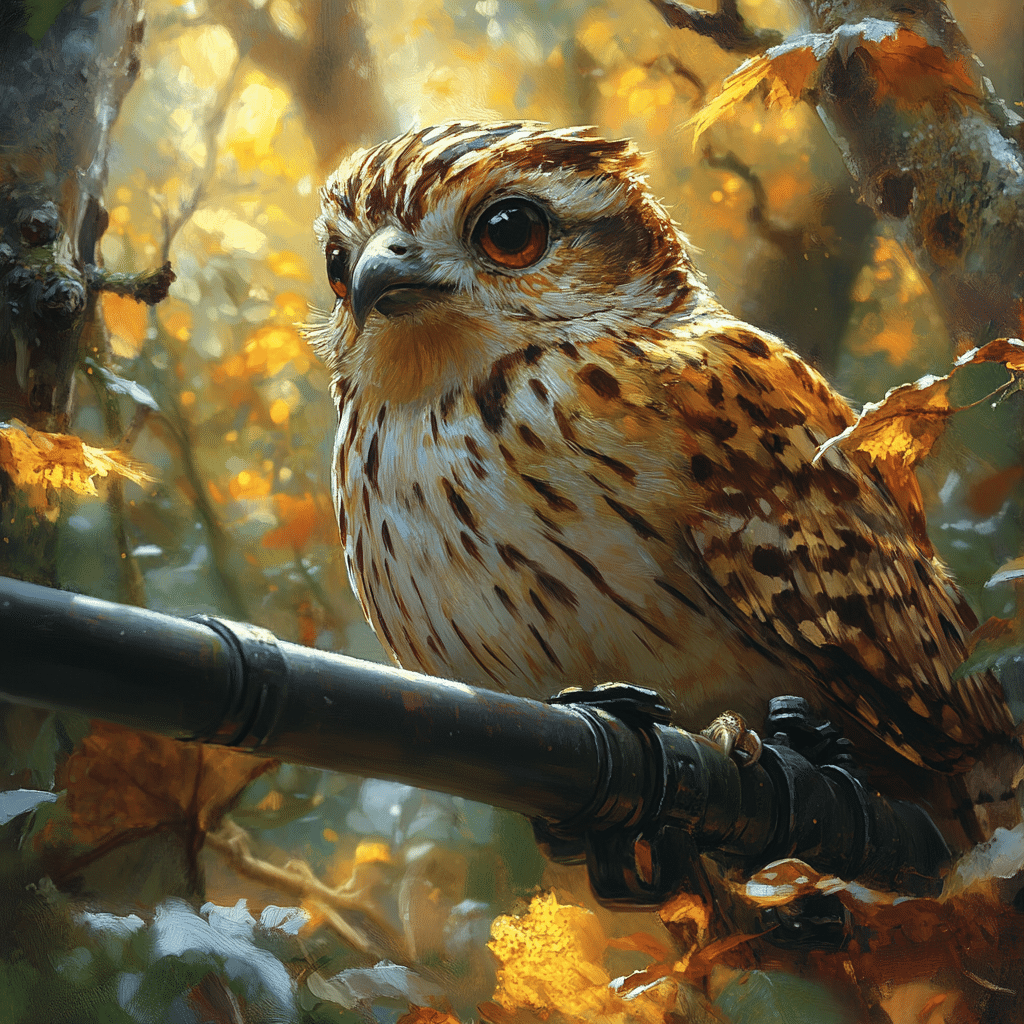Coyotes, known scientifically as Canis latrans, embody cunning like no other creature in the wild. Adaptable and resourceful, these sly canids have managed to carve out a living in diverse habitats—from the rugged deserts of the Southwest to the bustling streets of urban sprawls. Unlike their larger relatives, the wolf, coyotes harness a unique blend of wit and opportunism, allowing them to thrive in various environments. Through their fascinating behaviors, we can learn not just about the animal kingdom, but also about the intricate web of life they navigate.
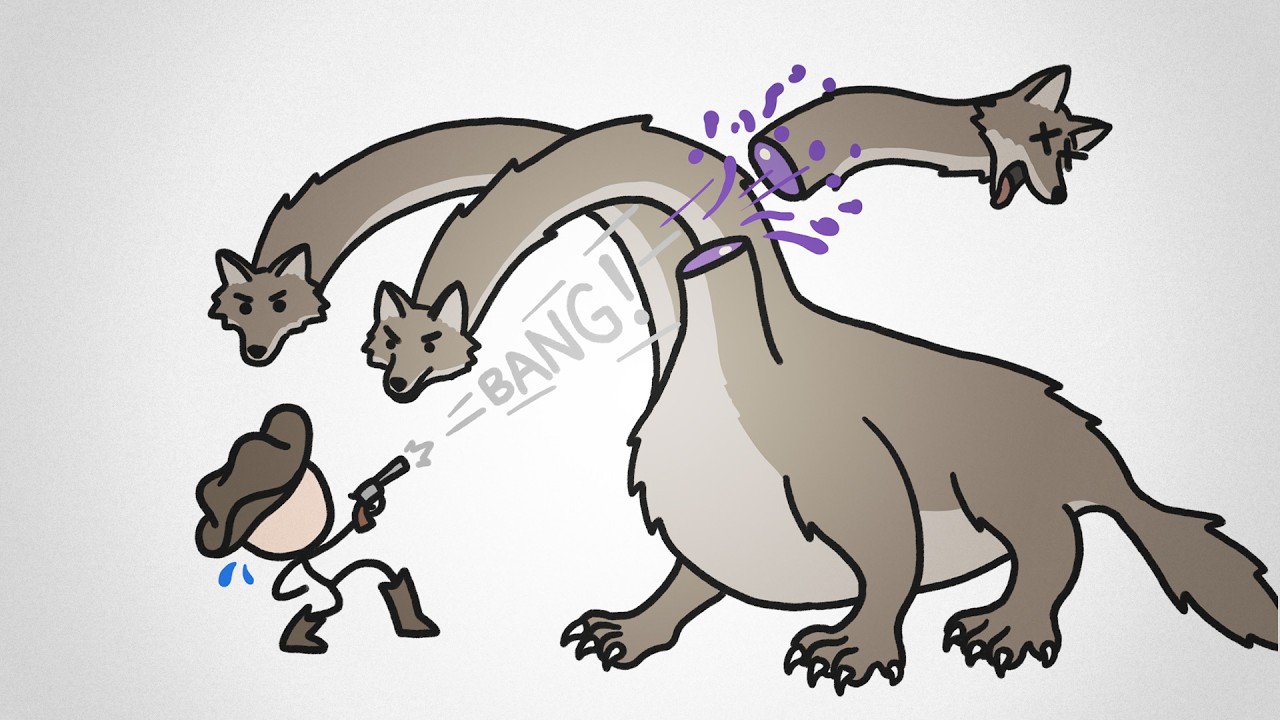
The Cunning Nature of Coyotes: Evolution and Adaptability
Coyotes have undergone substantial evolution over time, developing skills that amaze researchers. In contrast to wolves, which stick primarily to forested and mountainous areas, coyotes have adapted seamlessly to human encroachment. They’ve figured out how to hunt, scavenge, and survive in the most unexpected environments. Their brains are wired for problem-solving, making these creatures remarkable thinkers of the animal world.
Surprisingly, coyotes adjust their hunting tactics based on their surroundings. Whether tracking down a rabbit in the wild or rummaging through trash cans for a quick meal, these animals exhibit a plasticity in behavior that is truly fascinating. The ability to learn from their experiences and modify their approaches marks them as not just survivors, but thrivers, in today’s rapidly changing environment.
Researchers note that this adaptability opens up debates about their roles compared to larger predators. While wolves may dominate in larger ecosystems, coyotes’ cunning nature ensures they find their niche in both rural and urban settings, threading the fine line between predator and scavenger. Their diligent hunt for food reveals an ecological artistry that few can match.

Top 7 Fascinating Facts About Coyotes
Coyotes exhibit intricate social structures not unlike those seen in wolves. They often form family units that collaborate on hunting and nurturing young. Their vocalizations—howls, yips, and barks—serve not just to alert but to maintain social bonds. Researchers at the University of California, Berkeley, documented how coyotes can change their calls to fit the dynamics of their pack, revealing an advanced level of social communication.
With cities expanding at lightning speed, coyotes are adjusting their diets to include human-related food sources. Studies in Los Angeles show these clever canids scavenging from trash bins or preying on small pets. A case study in Portland highlighted an increase in coyote sightings, urging city officials to rethink wildlife management practices. Urban planners now must consider wildlife-friendly strategies to minimize conflicts, showcasing just how resourceful these animals can be.
The symbolism of the coyote holds a prominent place in the folklore of various Native American cultures. Often depicted as a trickster, the coyote embodies cunning, survival, and wit. In the tales of the Navajo and Lakota tribes, lessons are often spun around the coyote’s antics, teaching moral intricacies that resonate with the complexities of human nature. Despite its vibrant cultural significance, the coyote’s reputation as a nuisance continues to stir conversation and debate.
Coyotes are the definition of opportunistic hunters, tackling game that ranges from rabbits and rodents to larger animals when in packs. They showcase an incredible variety of hunting techniques, such as ambushing their prey and cooperative hunting strategies that elevate them above mere scavengers. Their diet isn’t just limited to meat—they also munch on fruits, insects, and carrion, illustrating their ability to adapt nutrition based on seasons and availability.
In the dance of ecosystems, coyotes play an essential role. They keep populations of small mammals in check, greatly impacting vegetation and the overall health of their environment. In areas where larger predators like wolves or mountain lions have declined, coyotes often step into that vital role. Without these clever cunning canids, we’d see a ripple effect disrupting the delicate balance of nature.
Coyotes’ cleverness is something to marvel at. Observational studies reveal that when faced with obstacles like fences, these canids don’t just give up; instead, they plot! They may dig, climb, or even team up with others from their social groups. This innate problem-solving ability is part of what makes coyotes such fascinating creatures in the wild.
As coyotes tread deeper into human-populated areas, interactions between species have become increasingly common. Wildlife management agencies, like the Texas Parks and Wildlife Department, realize the importance of community awareness. Educational programs are underway, stressing food storage and pet supervision to decrease conflicts. This strategy reveals that a little knowledge can go a long way in ensuring peaceful coexistence.

The Future of Coyotes in the Ecosystem
As climate change and urban sprawl alter natural habitats, coyotes may continue to thrive, adapting to new circumstances. Ongoing research into their behaviors, social structures, and ecological roles emphasizes their importance in food webs. A deeper understanding of their intelligence and social dynamics not only illuminates the interactions of the wild but also highlights the pressing challenges of wildlife management in human environments.
Embracing the many facets of the coyote promotes a healthier relationship with nature. Instead of viewing them as mere nuisances, recognizing their cunning nature offers opportunities to foster ecological understanding. The narrative of coyotes is one of survival, a testament to adaptability worthy of admiration. As we stride further into a world shaped by urban development and climate influences, acknowledging the coyote as a key player in our ecosystems is crucial to maintaining that intricate web of nature.
Let’s take a page out of their book—cleverness and adaptability can go a long way. Whether you see them as cunning tricksters or vital contributors to our environment, coyotes have a whole lot to teach us about resilience and survival. So next time you catch a glimpse of one, remember: it’s not just a coyote; it’s nature’s clever trickster, embodying the true spirit of survival in the wild.
Incorporated links:
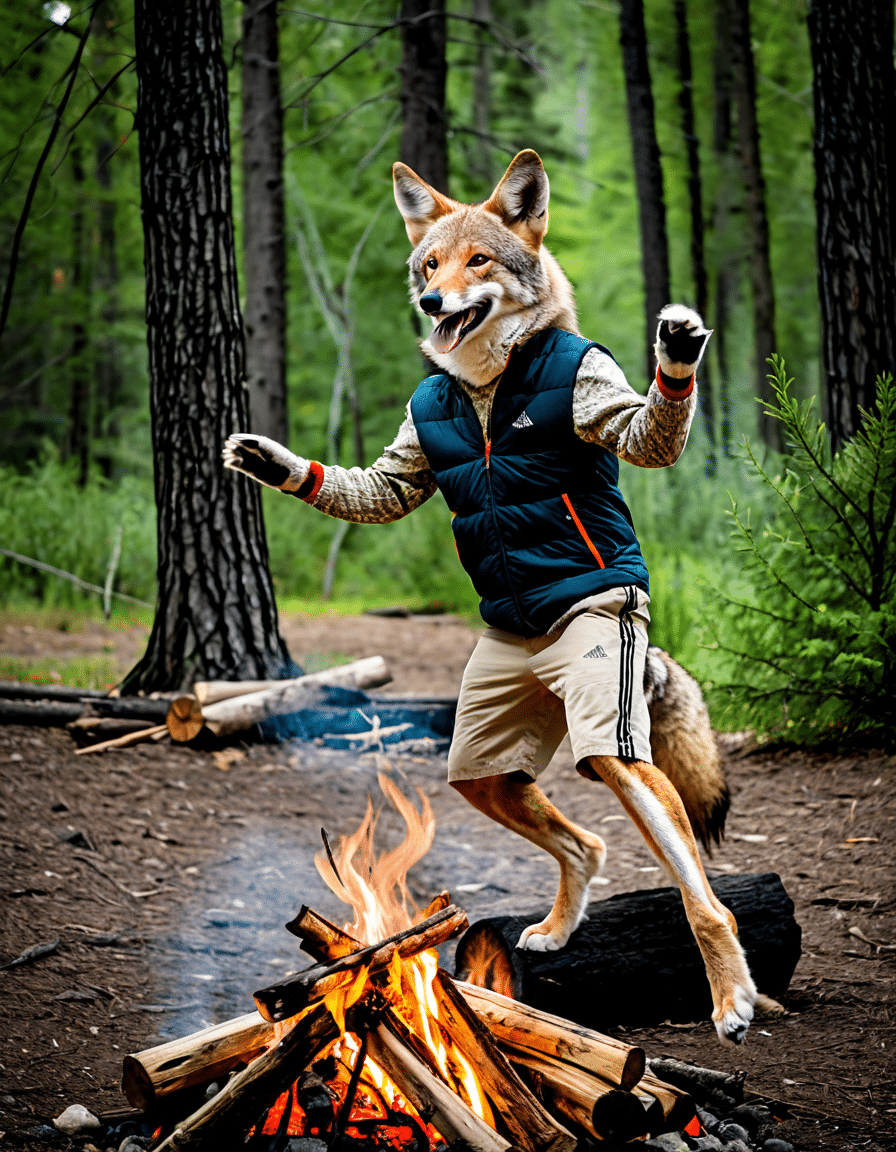
Coyote: The Clever Trickster of the Wild
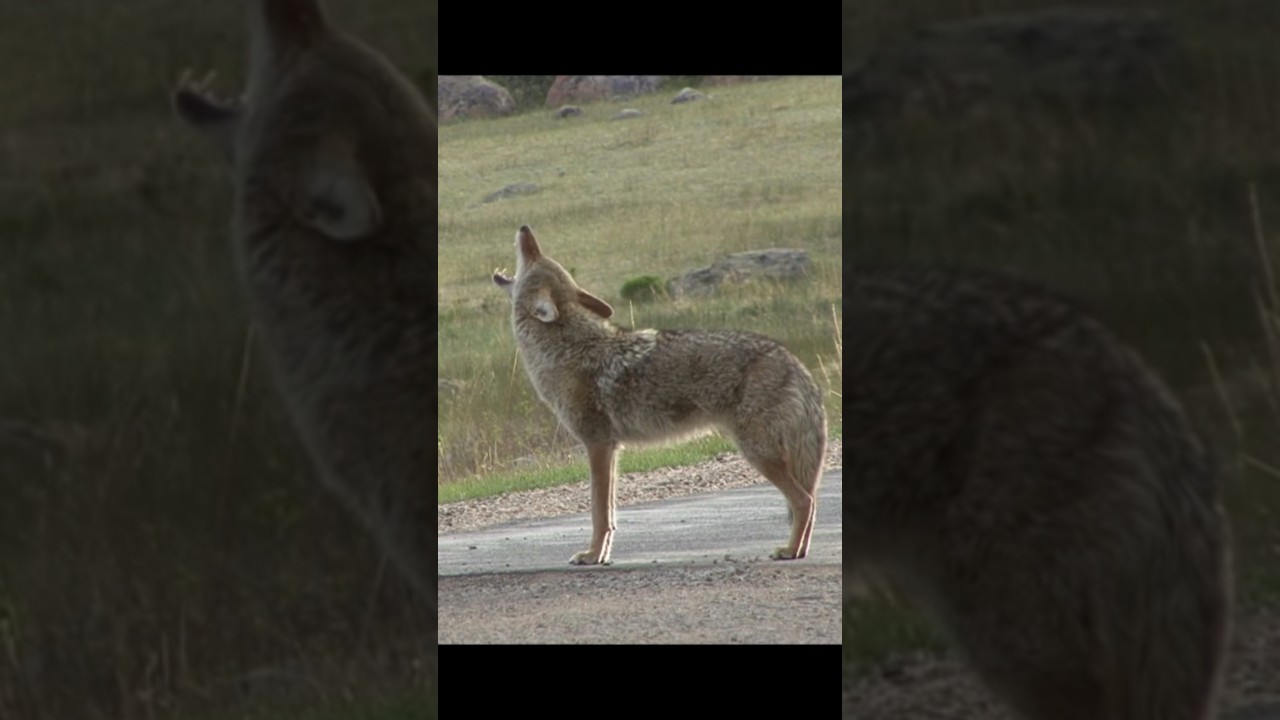
Fascinating Facts About the Coyote
Did you know that the coyote is often considered one of nature’s great survivors? These clever animals have adapted well to various environments, from deserts to urban areas. Their adaptability allows them to thrive in diverse conditions, even when competition is fierce. This creature has an amazing ability to communicate; coyotes have a whole array of vocalizations, which can vary from howls to yips. Interestingly, a group of coyotes is often referred to as a “pack,” creating a dynamic that helps them outsmart predators and navigate challenges together. They’re not just solo artists; their teamwork can be seen when hunting or raising pups. There’s a lot more about these intriguing animals that can catch your interest, like how they can maintain their territories using scent marking.
The Coyote’s Clever Tactics
One of the most remarkable traits of the coyote is its cunning when it comes to hunting. Coyotes are known for their incredible intelligence and often use their wits to outsmart animals much larger than themselves. For instance, they can mimic the calls of other animals to lure prey into a trap. It makes you wonder if they take a moment to pat themselves on the back after a successful hunt! Their diets are quite versatile too; coyotes will eat just about anything, from small mammals to fruits and even human scraps, showing off their resourcefulness. Speaking of which, did you know that they can travel up to 40 miles a day in search of food? This relentless pursuit of nourishment is why they’re often spotted darting across highways or playing in fields, always a step away from being cunning and clever.
Myths and Mystique Surrounding Coyotes
While coyotes are often admired for their cleverness, they’re also wrapped in myths and folklore. Many Native American cultures view the coyote as a trickster figure, imparting wisdom through its antics. This serves to remind us of the balance found in nature—how intelligence and survival instinct can teach valuable lessons. Another curious tidbit is that coyote populations are often studied to gauge the health of their ecosystems. Their presence indicates a balanced environment, reminding us how interconnected life can be. So, whether you happen to catch a glimpse of a coyote in the wild or hear its haunting howl in the night, you can appreciate the layers of intriguing stories behind this extraordinary creature.
